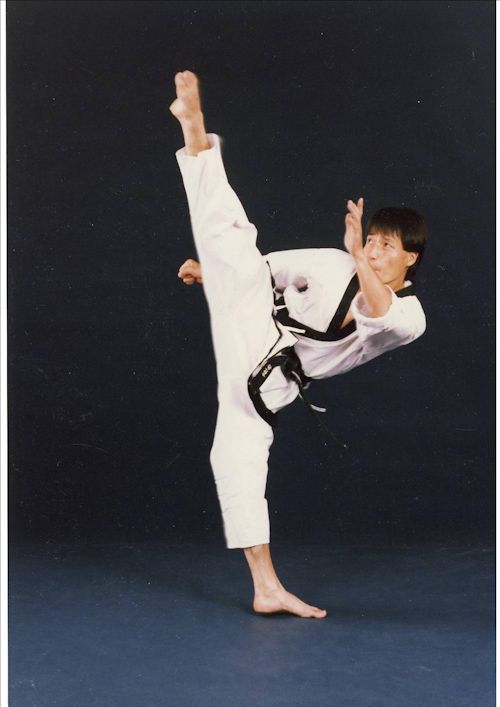In the Pigua system, you can see a lot of
- arm extension,
- body rotation,
that you just don't see in the WC system. IMO, it's very interested to compare these 2 MA systems.
Which approach do you like?
Pigua:
WC:
- arm extension,
- body rotation,
that you just don't see in the WC system. IMO, it's very interested to compare these 2 MA systems.
Which approach do you like?
Pigua:
WC:

